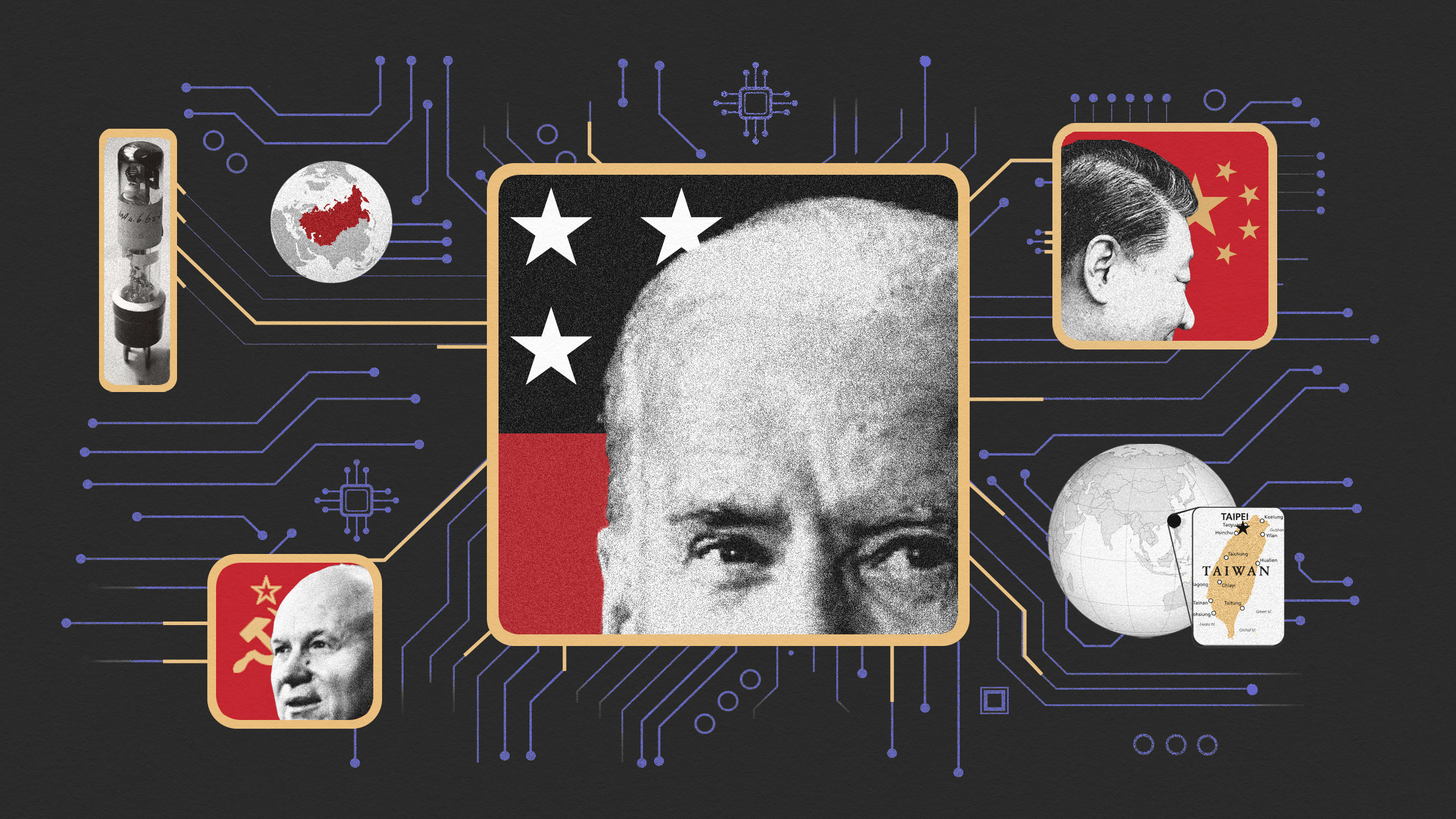Why Pearson should build its own Tablet

I think, there is little doubt that tablet devices have drastically changed the way a growing part of the population is consuming content. My iPad has quickly become my main device for online media consumption from text to video and audio and right from the start the iPad has been hailed as the device with the potential to revolutionize the classroom.
At the brink of the iPad 3 (or iPad 2S) launch in early March, Samsung decided that it will also throw its hat into the ring and announced the launch of a “learning hub” for the Galaxy Tab yesterday.
As you might know Samsung and Apple are entangled in a bizarre patent war that takes places on many battlefields across the planet and the Samsung learning hub can clearly be seen as an attack on Apple’s iTunes U. And though both companies are heavy weights in the hardware space I think that there might be a competitor left who could take over our classrooms: Pearson.
First of all, I think that the content creator is always in the strongest position. Without the educational content tablets are also just dumb planks with Internet access. To crack the education space you need the authors and publishers to fill the shelves.
Of course, Pearson is not a hardware company but neither is Amazon. And we saw how quickly Amazon took on the tablet market with its subsidized Kindle Fire, being able to sell the device at a price attractive to a large group of customers.
Why not to think about Pearson do a similar trick? The price of a Kindle Fire which is essentially the same hardware as RIM’s Playbook is estimated at around $220 to $250 which means that Amazon is making a loss on each device sold. On the other hand, Amazon knows that in a probably very short time it will get into the profit zone through the products Kindle Fire owners buy through the device. As some tech writers point out, the Kindle Fire is essentially the modern catalog.
What if Pearson offered tablets to schools at such a price point or even give them away for free to entire school districts? This would give Pearson an entirely new basis to enter the digital textbook market.
Other building blocks were be Pearson’s OpenClass LMS that could be tied into the experience as well as data mining and analytics of learner progress etc. I can see a ton of possibilities to make that not only interesting but profitable.
Sure, having one player with such a strong position in the market can also be problematic. But Pearson could offer other publishers access to the ecosystem to offer their textbooks and charge them a reasonable fee.
All in all, I think that there would be more upsides that downsides. The digital divide is still a major problem and tight budgets keep many schools from investing in this kind of technology. And though we all want to avoid monopolies of any kind, only a unified infrastructure based on standards will have the potential to implement technology into the classroom in a meaningful way for everyone.
Picture: Young Girl Student with Books via Shutterstock





